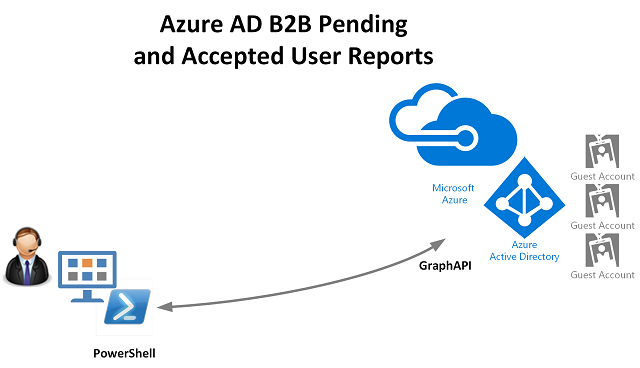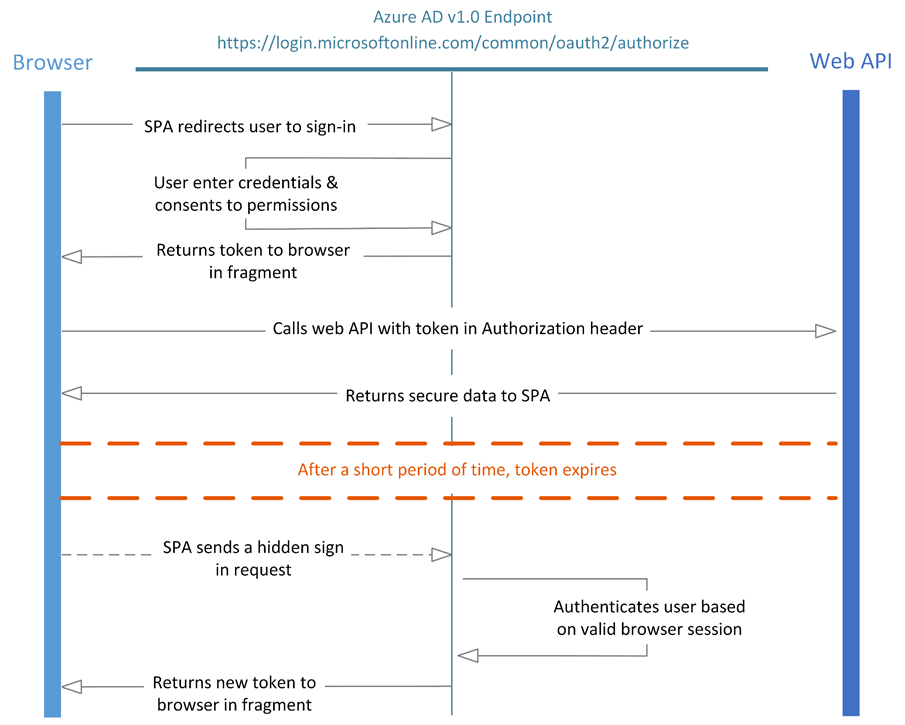
Choosing and using a Hardware Security Token for Azure AD Passwordless Authentication
Evaluation criteria for product selection can be a difficult process, especially for items that are rarely purchased. We’ve become accustomed to working out what we want from daily use items such as laptops, and mobile phones which does make that process easier when we refresh them every few years. However, choosing a hardware security token is maybe something you haven’t ever had to do.
So how do I choose a Hardware Security Token? This post outlines some selection criteria I’ve recently used to assist others with answering “Which Hardware Security Token do I need?”… [Keep reading] “Choosing and using a Hardware Security Token for Azure AD Passwordless Authentication”




